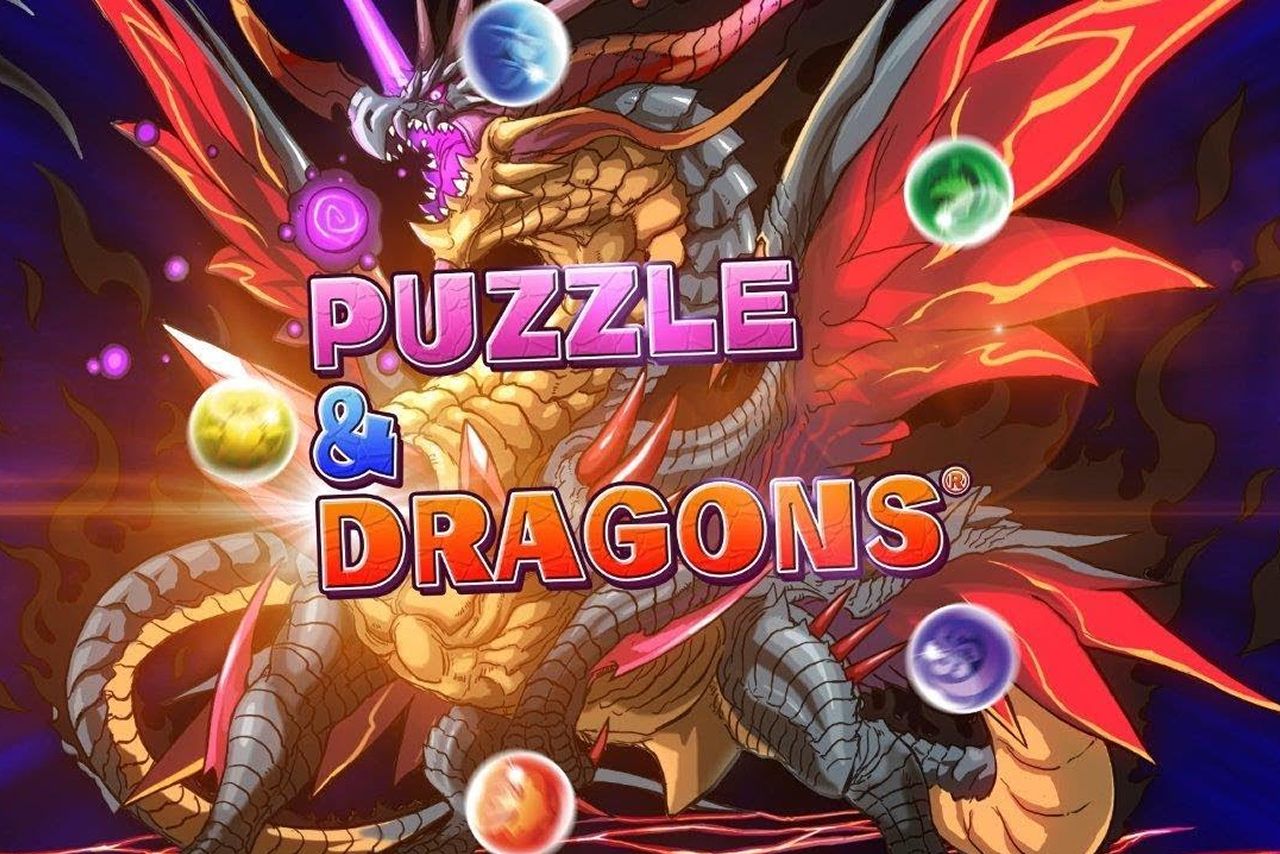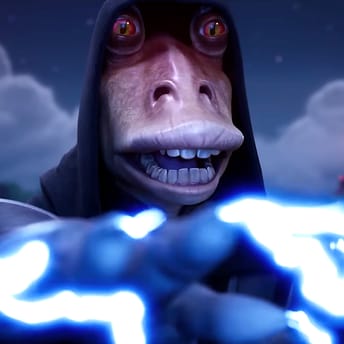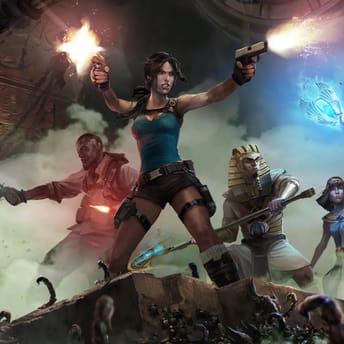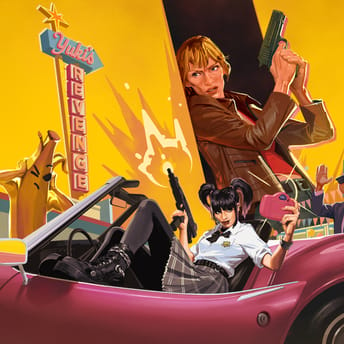GungHo CEO Earns $2.2M Despite Tanking Profits, Shareholders Furious

|
|
Key points
- Puzzle & Dragons director Daisuke Yamamoto has a salary comparable with Nintendo CEO’s.
- Strategic Capital believes Yamamoto is being paid far too much when compared to the company’s revenue.
- Gung Ho released a statement denying the high pay claim, supposedly believing Yamamoto’s salary accurately reflects his impact on the company.
Despite significant declining operating profits and market capitalization, GungHo president Daisuke Yamamoto made 340m yen (~2.2 million USD) in 2023 – a number comparable to that of Nintendo’s CEO’s. Amidst a declining market, shareholders voiced their frustrations through a partnership with Strategic Capital, a company focused on maximizing profits for investors.
In favor of GungHo’s concerned shareholders, Strategic Capital called out this questionable figure in a report. “As far as profits are concerned, with less than 1/10th that of Nintendo, we would say that GungHo is not even playing the same game,” they said.
Since conception over 20 years ago, GungHo released over 20 games, investing over 100bn yen yet yielding only 10b yen. Their standout game is still Puzzle & Dragons, with their other titles having gotten largely forgotten with time.
Strategic Capital provided various options forward for GungHo, including taking the company private, implementing new leadership, and adopting a new stock option plan.
According to automaton, GungHo’s board of directors unanimously rejected all Strategic Capital’s proposals.
In regards to Yamamoto’s salary, GungHo states that the CEO has been the founder for 20 years, and that it was thanks to his leadership and passion that the company has remained afloat over the past ten years
The studio argues games are incredibly difficult to make in an oversaturated and competitive market – hence their lack of success in new titles despite large investments from shareholders.
Puzzle & Dragons was released in 2012 and became one of the earliest successful gacha games, significantly contributing to the popularization of the gacha model in mobile gaming. However, it was not the first to implement this system; Dragon Collection, a card-battle game released in 2010 on the GREE platform, is often credited as the first popular Japanese gacha game.













